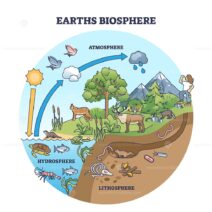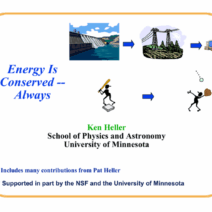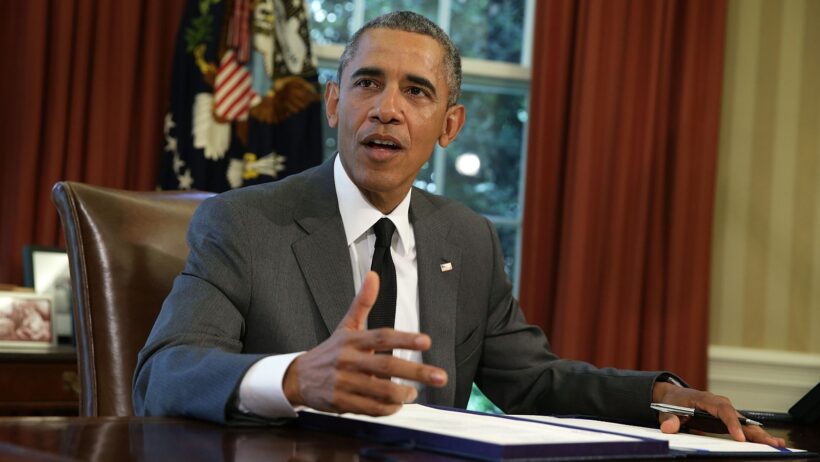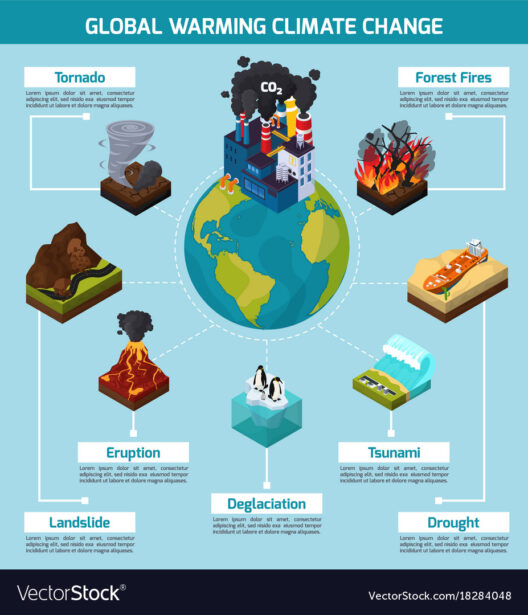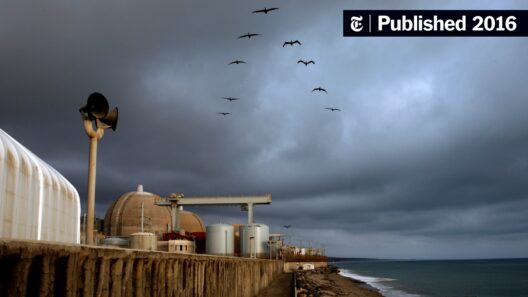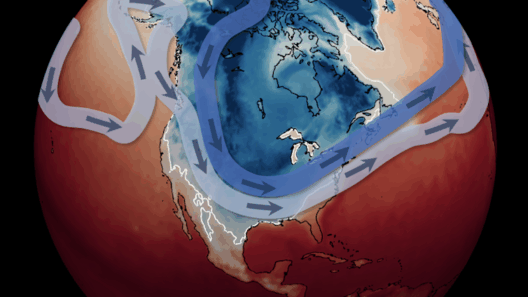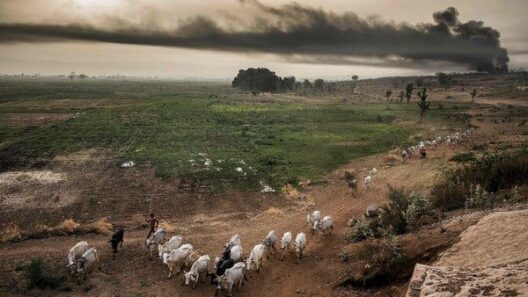The discourse surrounding climate change has increasingly become a defining issue for modern political landscapes, and few figures symbolize this intersection of politics and environmentalism as vividly as Barack Obama. As the 44th President of the United States, Obama’s tenure from 2009 to 2017 saw a significant pivot in how the government addressed climate change, positioning it as a critical component of both domestic and foreign policy. Therefore, understanding whether Barack Obama believes in global warming transcends mere speculation; it unveils a complex tapestry woven from scientific evidence, personal conviction, and political strategy.
Obama’s climate views are firmly rooted in scientific consensus. The metaphorical iceberg of climate change, with its hidden depths of melting polar regions and rising ocean levels, looms large in his policy framework. During his presidency, he often articulated a vision that recognized climate change not merely as a distant threat, but as an immediate and pressing crisis. In numerous speeches and public forums, he emphasized the irrefutable evidence presented by climate scientists worldwide, where 97% agree on the human impact on global warming. This scientific foundation serves as the bedrock of his environmental strategy.
The foundation of Obama’s belief in global warming can be traced back to pivotal moments in his early political life. During his campaign for the presidency, he was not reluctant to embrace progressive environmental policies. His 2008 campaign platform featured ambitious plans to combat climate change, showcasing a stark contrast to his predecessor. Obama’s rhetoric evolved into a clarion call for action, likening inaction on climate change to “turning a blind eye to the future.” This compelling narrative not only galvanized public awareness but also captured the attention of global leaders.
One of Obama’s crowning achievements in the battle against climate change was the establishment of the Clean Power Plan, a regulatory framework designed to reduce carbon emissions from power plants. This initiative was emblematic of Obama’s belief that government intervention is necessary to rectify environmental degradation. By leveraging regulatory reforms, he aimed to create a sustainable energy infrastructure that embraced renewable sources such as solar and wind — a vivid counterpoint to fossil fuel dependency. This shift was a strategic gambit aimed at fostering economic opportunities in the burgeoning green energy sector while simultaneously addressing one of the most pressing existential threats of our time.
To appreciate the nuance of Obama’s climate views, it is essential to consider the sociopolitical context that shaped his administration. The United States, as one of the largest greenhouse gas emitters, has a unique responsibility in the global climate arena. Obama recognized that the U.S. could not be an outlier on the issue of climate change. He played a pivotal role in brokering the Paris Agreement, a monumental international accord aimed at curbing global temperature rise to below 2 degrees Celsius. This agreement represented a collective commitment among nations, culminating in a stunning juxtaposition of hope against an otherwise daunting reality.
Critics of Obama’s climate policies often argue that while he championed environmental initiatives, they fell short of transformative action. They contend that bureaucratic delays and legislative hurdles hampered his ability to achieve more aggressive milestones. However, it is crucial to explore the orchestration of change within the constraints of a politically polarized environment. The metaphor of a river navigating a rocky landscape captures this dynamic. The currents of public opinion, economic factors, and political opposition each act as obstacles, yet the goal remains steadfast—achieving ecological sustainability.
Obama’s belief in global warming also manifests in his active engagement with younger generations. He recognizes that climate advocacy must evolve with the changing tides of societal attitude. By promoting educational programs and supporting youth activism, he cultivates a fertile ground for future environmental stewards. His interactions with climate-savvy young leaders reflect a layered understanding of climate justice, emphasizing the intersectionality of environmental degradation with social equity. In this sense, Obama positions himself as a catalyst for change, inspiring a new wave of activists equipped with knowledge and passion to confront climate adversity.
The long-term impact of Obama’s climate legacy continues to ripple through the fabric of American policy and public consciousness. Even after leaving office, he remains a vocal advocate for climate action, utilizing platforms ranging from social media to public speaking engagements. This ongoing commitment underscores an intrinsic belief that climate action is not merely a transient agenda but a moral imperative that transcends political cycles. In his view, failure to address climate change is tantamount to forsaking future generations—the palpable fear of living in a world ravaged by environmental neglect looms large in his narrative.
The enigma of Barack Obama’s belief in global warming is anything but simplistic. It is an intricate dialogue—a confluence of scientific understanding, political pragmatism, and ethical responsibility. The malleable yet resolute stance he adopts signifies a deep-seated recognition of climate change as both a scientific reality and a moral challenge. Thus, understanding Obama’s climate views invites a broader discourse on the role of leadership in confronting the multifaceted threats posed by climate change. Ultimately, as the world grapples with the mounting evidence and consequences of global warming, the legacy of leaders who believed in its urgency will guide future generations towards more sustainable pathways—paths forged by conviction, informed by science, and fueled by a collective desire for a healthier planet.
